Key Concepts in Ecology
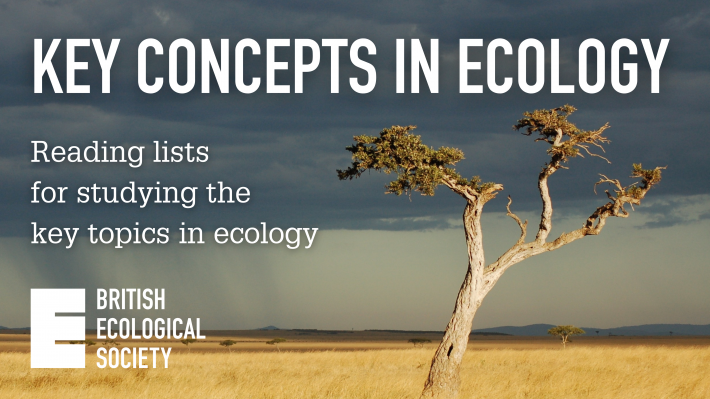
Key Concepts in Ecology is a series of reading lists designed to help ecologists in learning the key topics in ecology! Take a look below at the list of key topics you might typically find in an ecology textbook, each providing a quick introduction to the topic, and a list of suggested BES papers for students to refer to:
Adaptations to variable environments
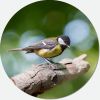
Evolution of variable phenotypes ~ Traits to deal with enemies ~ Traits to deal with variable abiotic environment ~ Migration, storage, and dormancy ~ Optimal foraging theory ~ Trait-based ecology
Community structure
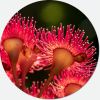
Describing communities ~ Rank-abundance plots ~ kinds of diversity – alpha, beta, gamma diversity ~ Drivers of local diversity – disturbance, resources, interactions
Community succession

Examples of succession ~ Resilience, resistance, stability, and Alternative stable states ~ Woody encroachment and biome shift
Competition
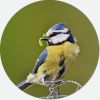
Intra- and interspecific competition ~ Lotka-volterra competition models ~ Types of competition ~ Context dependent competition
Complex interactions and foodwebs
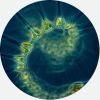
Foodwebs, ecological networks ~ Indirect interactions
~ Trophic cascades
Conservation of global biodiversity
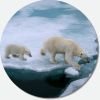
Ecosystem services and functions ~ Rates of extinction ~ Drivers of extinction ~ Conservation efforts and successes
Ecosystem structure and energy flow

Drivers of primary production ~ Trophic pyramids ~ Biodiversity-ecosystem function
Landscape ecology and macroecology

Species-area relationships ~ Island biogeography theory ~ Elevational and latitudinal gradients ~ Macroecological patterns
Life and the physical environment
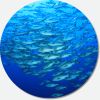
Climate and Biomes ~ Terrestrial biomes ~ Aquatic biomes ~ Small-scale variation in climate
Life histories

Population demography ~ Life history traits and trade-offs ~ Reproductive life history
Movement of elements in ecosystems

Carbon cycle ~ N cycle ~ P cycle ~ Interactions among species and the C, N, and P cycle
Mutualism and facilitation
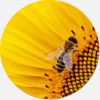
The benefits of mutualisms ~ Defense mutualisms ~ Plant-pollinator mutualsims ~ Plant-seed disperser mutualisms ~ Plant-fungi mutualisms ~ Context dependent mutualisms
Parasitism and infectious disease
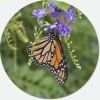
Parasites affect abundance of hosts ~ Simple models ~ Parasite and host population fluctuations ~ Parasite-host coevolution
Physiological ecology

Water & Salt balance ~ Exchanging gases ~ Obtaining nutrients ~ Dealing with temperature ~ Niche
Populations

Distribution & abundance ~ Estimating abundance ~ Abundance, occupancy, range size, & body size relationships ~ Dispersal limitation & habitat corridors ~ Small populations ~ Metapopulations
Predation and herbivory

Predators and herbivores limit abundance ~ Consumers and prey population fluctuations ~ Functional and numerical responses ~ Predator-prey/Herbivore-plant coevolution
Like what we stand for?
Support our mission and help develop the next generation of ecologists by donating to the British Ecological Society.